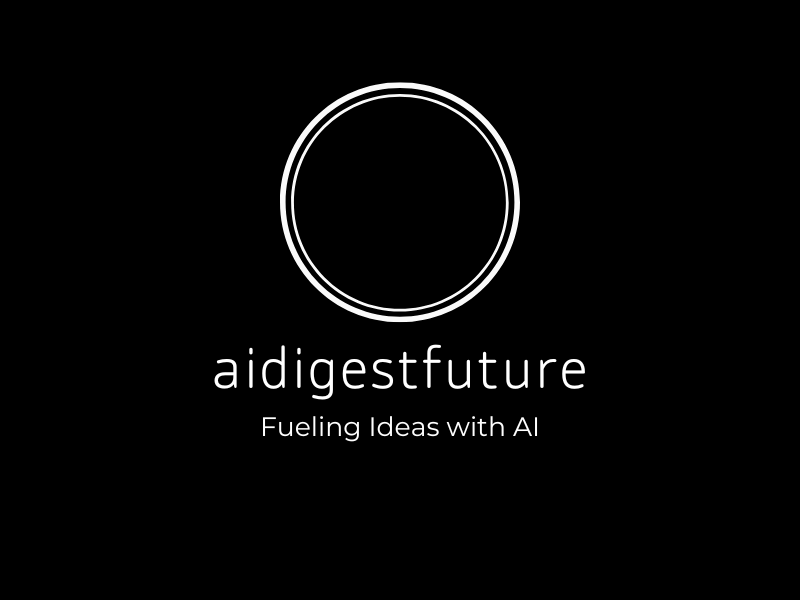
Understanding the Workforce Impacts of AI Trends
The rapid acceleration of artificial intelligence (AI) technologies has sparked widespread discussion about their implications on the workforce. During the Trump administration, several policies sought to address the effects of these emerging AI trends while fostering innovation on U.S. soil. As businesses and governments continue to grapple with this transformation, understanding the **Trump administration policies** and their **workforce impacts of AI trends** provides valuable insight into how policy frameworks shape industries and workers alike.
How Trump Administration Policies Influenced AI Development
The Trump administration recognized the need to secure America’s leadership in artificial intelligence while safeguarding its workforce from potential disruption. In 2019, the administration issued the **Executive Order on Maintaining American Leadership in Artificial Intelligence**, which outlined a national strategy for AI innovation.
Some key policies implemented during this era include:
- Funding and Research Prioritization: Expanded funding for federal AI research and development (R&D) through agencies like the National Science Foundation (NSF) and the Department of Energy (DOE).
- AI Education Initiatives: Promoted STEM education to prepare workers for AI jobs and funded apprenticeships in tech industries.
- Reducing Regulatory Barriers: Encouraged a “light-touch” regulatory approach to allow innovation to thrive while addressing privacy and ethical concerns.
- International Collaboration: Engaged with allies to set ethical norms for AI and ensure responsible AI development.
The administration’s emphasis on fostering technological innovation aimed at growing the economy and maintaining the country’s competitive edge. However, these policies had varying effects on workforce preparedness and job security.
Encouragement of AI Adoption Across Sectors
As organizations embraced Trump-era tax reductions and deregulations, companies accelerated investments in AI-powered tools. Industries like healthcare, manufacturing, and retail adopted automation and AI to optimize efficiency. On a national scale, this pushed U.S. businesses to the forefront of AI utilization compared to global competitors.
While these advances drove productivity, they also heightened fears of **job displacement**. Low-wage workers in roles involving repetitive tasks—such as cashiers, assembly-line employees, and call center agents—faced increasing vulnerability as AI systems streamlined these job functions.
Workforce Impacts of AI Trends: Opportunities and Challenges
The impact of AI on the workforce is multifaceted, yielding both significant opportunities and considerable challenges. Let’s explore how Trump administration policies intersected with workforce realities.
Opportunities: Job Creation and Economic Growth
AI technologies didn’t just eliminate jobs—they also created new ones. Trump administration policies aimed to prepare workers through education and reskilling programs. AI and automation demand engineers, data scientists, machine learning experts, and ethical policymakers.
Key opportunities presented by AI trends:
- Growth in Tech Jobs: Rising demand for AI developers, cybersecurity analysts, and data visualization professionals.
- STEM Education Expansion: Implementation of federal programs to upskill workers in technology-focused roles.
- Increased Productivity: AI reduced inefficiencies across industries, allowing for economic growth and reinvestment in innovation.
The Trump administration’s attempts to align federal funding with workforce training programs were pivotal in minimizing the disruptive effects of AI. For example, partnerships with community colleges and trade schools prepared thousands of American workers for careers in AI and automation.
Challenges: Job Displacement and Income Inequality
AI brought undeniable challenges to the workforce, including significant job displacement across certain industries. This was exacerbated for blue-collar workers who lacked access to reskilling opportunities. Despite efforts by Trump policies to fund education reform, gaps in implementation meant that many job losses went unaddressed, leading to **income inequality**.
Challenges posed by AI trends included:
- Automation of Low-Skill Jobs: Retail positions, logistics, and administrative roles saw higher rates of layoffs due to machine-learning tools.
- Mismatch of Skills: Workers lacked technical expertise to pivot toward tech-heavy roles created by AI adoption.
- Rural Community Impact: Fewer reskilling and investment programs reached non-urban workers, widening geographic inequalities.
Economists cautioned that failure to address these challenges could risk long-term societal inequities.
Looking Ahead: Lessons from the Trump Administration
The AI revolution shows no signs of slowing down. From the policies of the Trump administration, the following lessons can steer the next generation of workforce planning:
Prioritize Accessible Reskilling Programs
An enduring lesson from this period is the importance of ensuring that reskilling initiatives reach all demographics. Policymakers must increase funding for apprentice programs in both urban and rural populations.
Invest in Ethical AI Practices
The administration’s collaboration with global partners emphasized ethical AI principles. As AI becomes more intertwined with everyday activities, developing laws on bias detection, fairness, and data privacy will be indispensable to protect workers.
Ongoing Adaptation to Technological Change
AI trends evolve rapidly. Governments must strike a balance between regulating emerging technologies and promoting innovation. Public-private partnerships, modeled on the successes of the Trump administration, can achieve this while addressing workforce disruption.
Conclusion
The Trump administration’s policies underscore the complexities of managing the workforce impacts of AI trends. While promoting technological innovation invigorated economic growth and created high-paying jobs, unequal access to reskilling programs highlighted the dangers of unaddressed job displacement. Policymakers and industry leaders must draw from these experiences to continue adapting.
In the ongoing evolution of the AI-driven economy, the lessons learned from these policies provide a foundation to create an inclusive, equitable future of work that maximizes national innovation while safeguarding the workforce.
Further Reading on AI and Workforce Impacts
For more in-depth analysis on AI and its effects on the global workforce, check out these resources:
- The Brookings Institution – The Impact of AI on Jobs
- World Economic Forum – AI and the Future of Work
- Harvard Business Review – Automation’s Workforce Impact
- McKinsey & Company – AI Trends in the Workforce
- Pew Research – Examining AI’s Role in Job Gains and Losses
- MIT Technology Review – Status of AI in the U.S.
- Oxford Martin School – The Future of Employment
- CNBC – AI’s Disruptive Effects on Workforce
- U.S. Department of Education – AI Education Initiatives
- Forbes – Ethics and AI Industry in Workforce
For related articles from our site, visit our resources at AI Digest Future.
